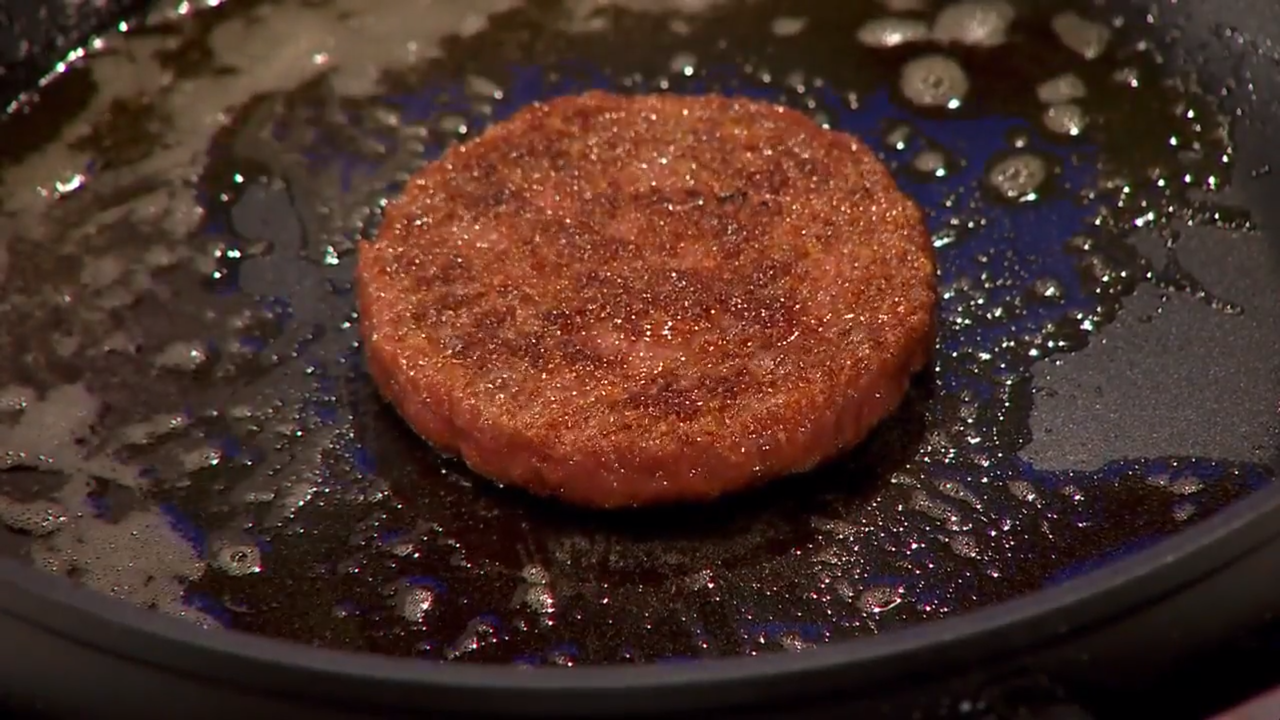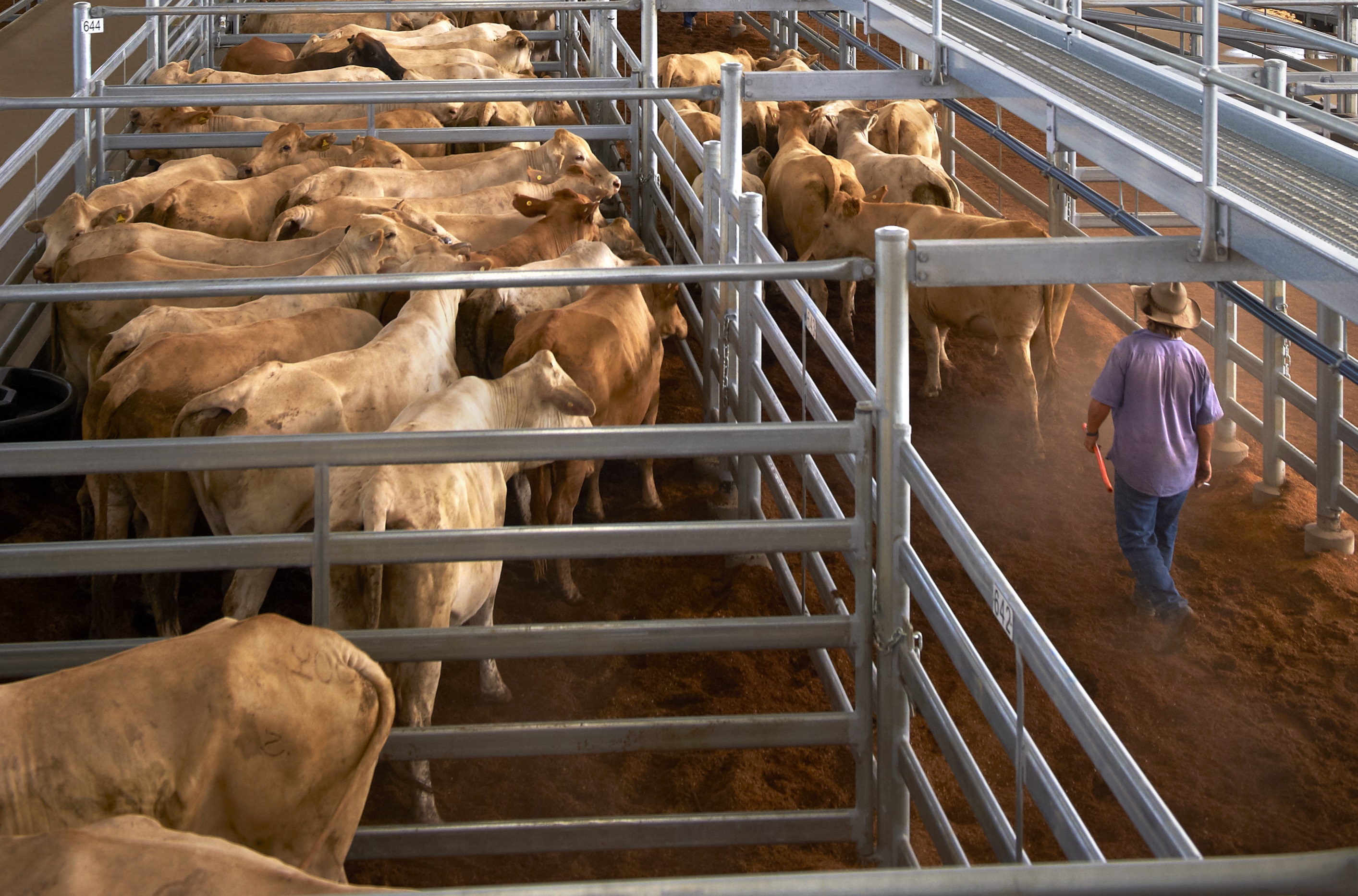In November 2022, the US Food and Drug Administration greenlit cultured meat for human consumption. They gave California-based Upside Foods the go-ahead to grow chicken cells in bioreactors which produces meat without slaughtering animals. Now it’s just a matter of time for other countries to follow suit, including Australia.
So, we can we expect to see cultured meat here?
According to Australian start-up Vow, cultured meat will arrive in Australia by the middle of 2023. Backed by VC investment, the company has built the world’s second commercial cultured meat factory in Alexandria, in Sydney’s inner-west, where they plan to produce “a Japanese Umai Quail.” Assuming everything goes to plan, this product – which emulates the taste and mouth feel of quail – will be available at high-end restaurants within months.
According to Sarah Separovich, media spokeswoman at Vow, the decision to start with quail comes down to market strategy. “Chicken, beef and pork represent such a small proportion of the protein options out there,” she explained. “Why limit ourselves when we can create something better?”
Cultured Meat Is Customisable
This is an often-spruiked advantage of cultured meat. Not only does it lower carbon emissions and curb animal suffering, but its nutritional content can be custom designed. Imagine beef rich in Omega 3, for example, or a low-fat pork chop. It sounds very sci-fi, but according to Wiley Chief Future Officer Brett Wiskar, the technology is sound – and the Australian public is ready and waiting.
“If we look back 15 years, Australians at that time doubted that they’d be incorporating plant-based meats in their diets or buying vegetarian burgers from Hungry Jacks,” he says. “I think anyone who doubts Australians are ready for cellular meat has very little understanding of how adaptable we are when it comes to expanding our minds and appetites.”

Wiley Chief Future Officer, Brett Wiskar
He argues that widespread acceptance of cellular meat requires three key attributes. Firstly, that the product is priced a similar point to traditional meat. Secondly, that the quality is consistent. And finally, that the product tastes convincing enough to be consumed without an obvious “this is not meat” response.
That final issue is relatively easy to solve, as cultured meat is genetically identical to traditional meat. But the other two issues are still works in progress.
The main one is quality. While we now have the technology to reproduce animal flesh on scale, the resulting product is a mass of cells with the consistency of hamburger mince. Manufacturing something that has the texture of steak is much harder. Companies have attempted to overcome this by printing animal cells onto structures made from soy protein, but we’re still in the prototype phase.
Price is also a factor. It’s not just animal cells that reproduce in vats of warm, nutrient-rich water. Bacteria thrives in this environment and keeping cultured meat products sterile is a complicated and expensive process. It’s work in progress though, and in 2021 an Israeli cultured meat company called Future Meat Technologies announced they’d reduced the production cost of their 100g cultured chicken breast to $7.50.
Traditional Meat Companies Will Play a Role
According to Brett, these are all the inevitable growing pains of a nascent industry. Textures will improve and prices will drop, and it’s just a question of whether it’s the start-ups that lead the charge, or the traditional meat sector. In fact, he argues that there’s lots of opportunities for traditional meat companies to get onboard, along with their logistics networks.
“Cellular products will require less farmed output,” he says, “but the output requires high hygiene facilities, cold chain compliant transport and logistics, food science and scientists, retail ready products and packaging, manufacturing facilities and skilled personnel to deliver and operate everything. There are plenty of opportunities for the meat sector to benefit from cultured meats.”
So, what does it take for business to receive government approval to manufacture cultured meat in Australia? The governing body is Food Standards Australia New Zealand (FSANZ), which according to their website process most applications within one to three months, at a minimum cost of $57,382. Vow say they’ve began this procedure and expect to receive imminent approval.
We Can Help
Brett points out that Wiley can assist cellular meat ventures at all stages, from high-hygiene facility design and delivery, to advisory services on regulatory approval.
“We have extensive knowledge in all areas of food processing and up and down the supply chain,” he says. “With our knowledge of meat processing, cold storage, cold chain compliance, regulatory compliance, product and food safety, packaging, bio digestion, brewing and so much more I’m excited to help these new products and companies break ground for domestic and export markets.”



